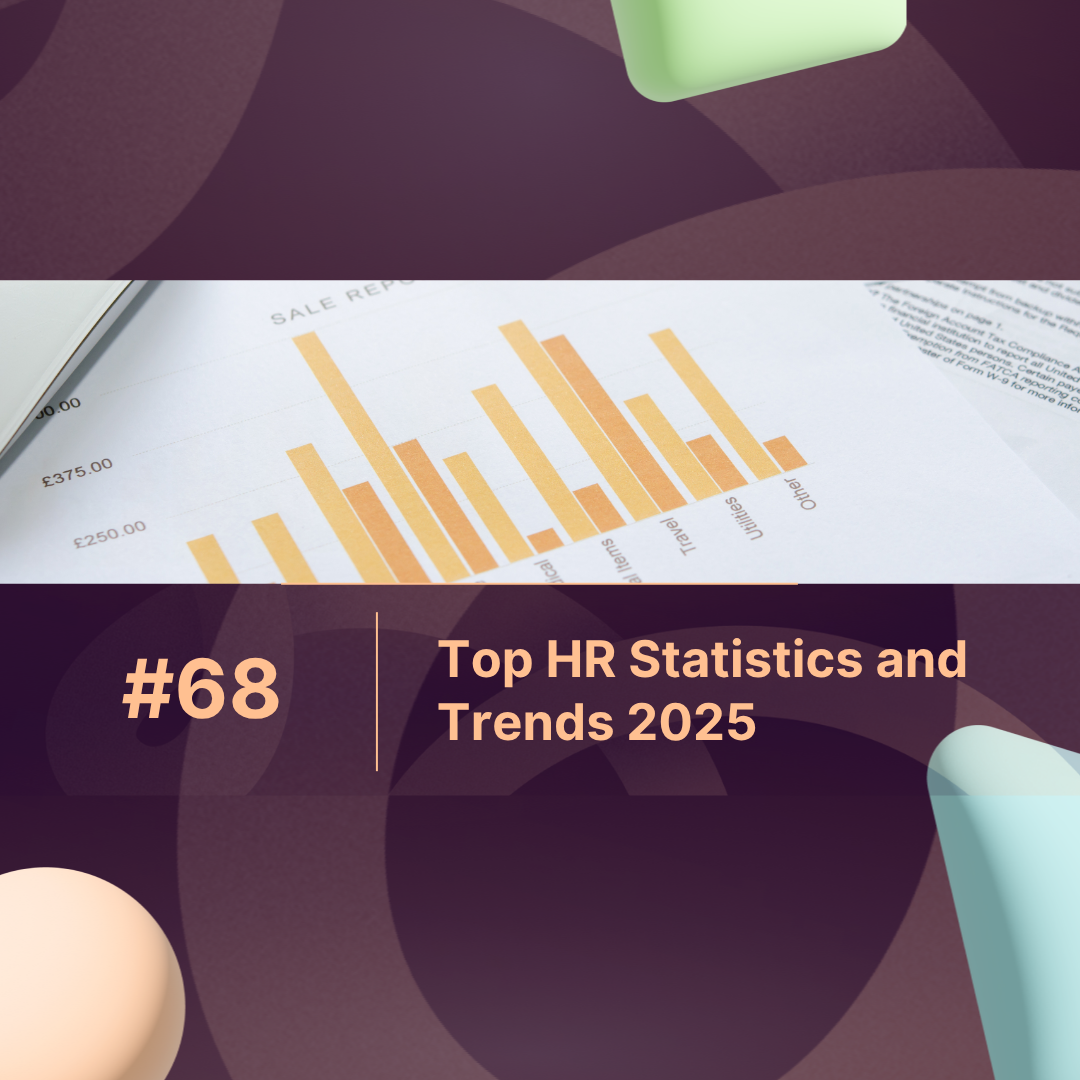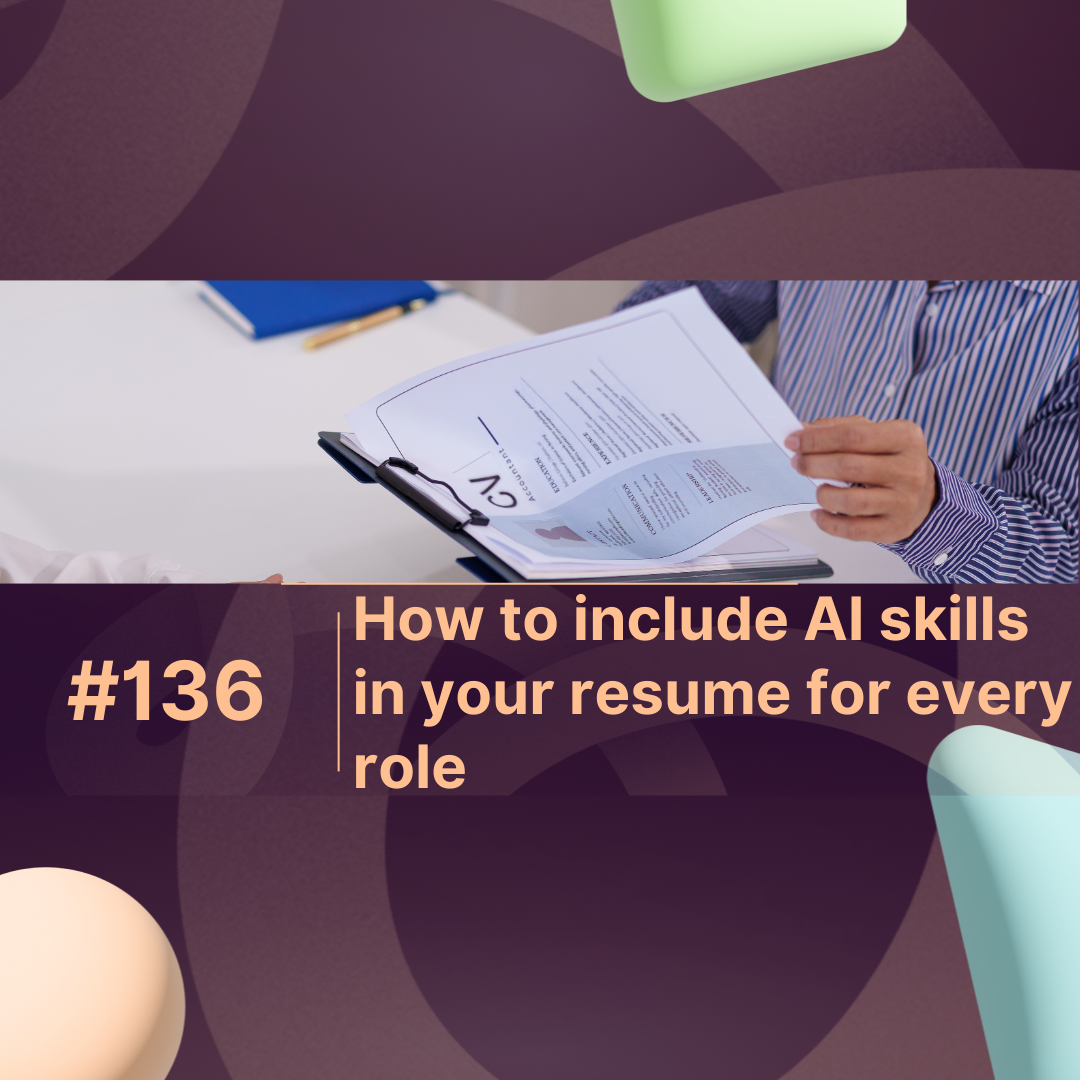Overview
The HR landscape in 2025 is shaped by AI-driven workflows, employee experience evolution, and remote-first policies. This guide highlights the top HR statistics and trends HR professionals need to track to stay competitive and compliant. From talent acquisition to retention and DEI, each trend reflects where the future of work is heading.
Quick Answer: In 2025, the top HR trends include AI-driven recruitment (used by 65% of companies), 4-day workweeks gaining traction (adopted by 23% of global firms), and retention challenges due to Gen Z turnover rates reaching 42%. HR leaders must prioritize tech adoption, wellness, and DEI to adapt successfully.
What Are the Top HR Trends in 2025?
2025 is a year of transformation in HR, driven by automation, hybrid work, and employee wellbeing. Here’s a quick breakdown of the most influential trends:
1. AI & Automation in Hiring
-
65% of HR teams now use AI tools to screen resumes and match candidates faster.
-
Predictive analytics is cutting time-to-hire by 38% across industries.
2. Employee Experience (EX) Becomes a KPI
-
Companies with strong EX programs report 21% higher productivity.
-
“Wellbeing budgets” are now a line item in 78% of enterprise HR departments.
3. Hybrid Work Is Now the Norm
-
74% of companies have formal hybrid policies.
-
Productivity in hybrid setups outpaces office-only models by 16%.
4. 4-Day Workweeks Gain Global Momentum
-
23% of global firms have adopted or trialed 4-day weeks.
-
89% of employees in these models report better work-life balance.
5. DEI Programs Are Maturing
-
70% of HR leaders now tie DEI initiatives directly to business KPIs.
-
Gender parity in leadership roles rose by 12% YoY across surveyed tech firms.
Key HR Statistics in 2025 (Table)
| Category | Statistic | Source |
|---|---|---|
| AI in HR | 65% of firms use AI tools in hiring | Gartner |
| Hybrid Work | 74% of companies offer flexible work models | SHRM |
| Gen Z Retention | 42% turnover rate within 12 months | Gallup |
| DEI Initiatives | 70% link DEI goals to company KPIs | McKinsey |
| Mental Health Programs | 78% of HR budgets include wellbeing spend | MaxProfile |
| 4-Day Workweek | 23% adoption rate globally | OECD |
Why Are These Trends Important?
These trends reflect a larger shift: HR is no longer just administrative—it’s strategic. The role of HR now includes:
-
Driving organizational resilience
-
Fostering culture in distributed teams
-
Implementing ethical AI practices in recruitment
-
Creating inclusive, human-centric policies
To stay ahead, companies need platforms that integrate these capabilities. That’s where solutions like MaxProfile—which help track employee wellness, sentiment, and DEI alignment—are gaining traction without disrupting existing HR systems.
How to Stay Competitive as an HR Leader
To stay future-ready in 2025, HR professionals must:
-
Adopt automation tools (for hiring, feedback loops, and engagement scoring)
-
Build wellness into compensation and culture
-
Use real-time analytics for EX, DEI, and retention trends
-
Invest in microlearning platforms for upskilling Gen Z teams
MaxProfile’s recent report on EX trends shows that organizations with AI-powered HR dashboards saw a 34% improvement in retention rates, especially when wellness was integrated with performance goals.
Conclusion
In 2025, the top HR statistics & trends reflect a new era where employee experience, AI efficiency, and flexibility lead. From 4-day workweeks to AI screening tools, HR is being redefined.
To thrive, HR teams need tech-savvy tools, data-driven strategies, and above all, a people-first mindset.
hr statistics and trends
FAQs: Top HR Statistics and Trends 2025
What’s the biggest HR trend in 2025?
AI in hiring is the most dominant trend, with 65% of companies using it to streamline recruitment.
Are 4-day workweeks realistic?
Yes. 23% of firms globally are already trialing or using this model, with strong employee satisfaction results.
How are companies tracking employee wellbeing?
78% of enterprise HR teams now include wellbeing in budgets, often using platforms like MaxProfile to track mood and burnout signals.
What’s the retention challenge with Gen Z?
Gen Z shows a 42% 12-month turnover rate, primarily due to misaligned values and lack of growth paths.
How can HR prepare for these trends?
By leveraging AI tools, integrating wellbeing programs, focusing on DEI KPIs, and building flexible work environments. hr statistics and trends



